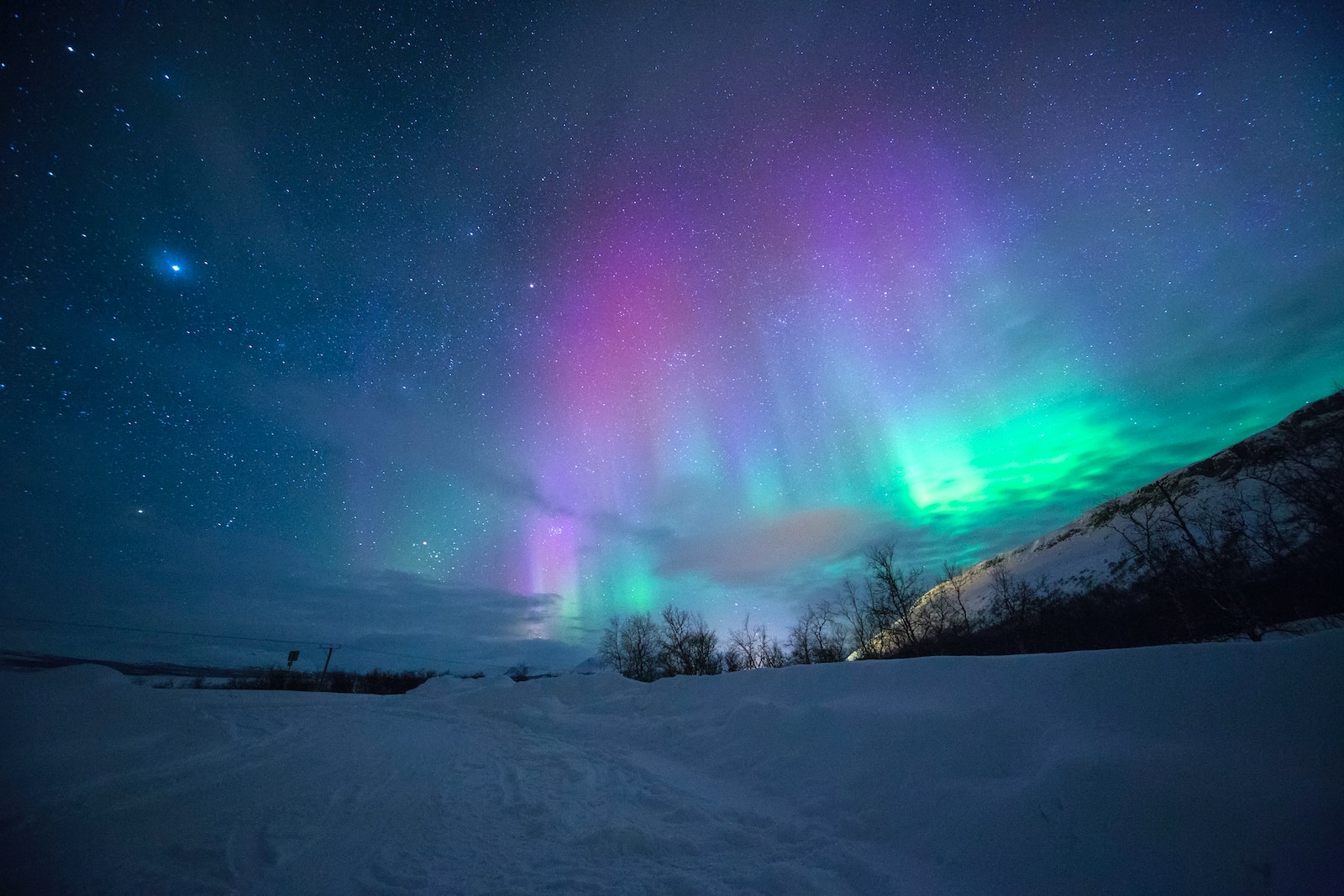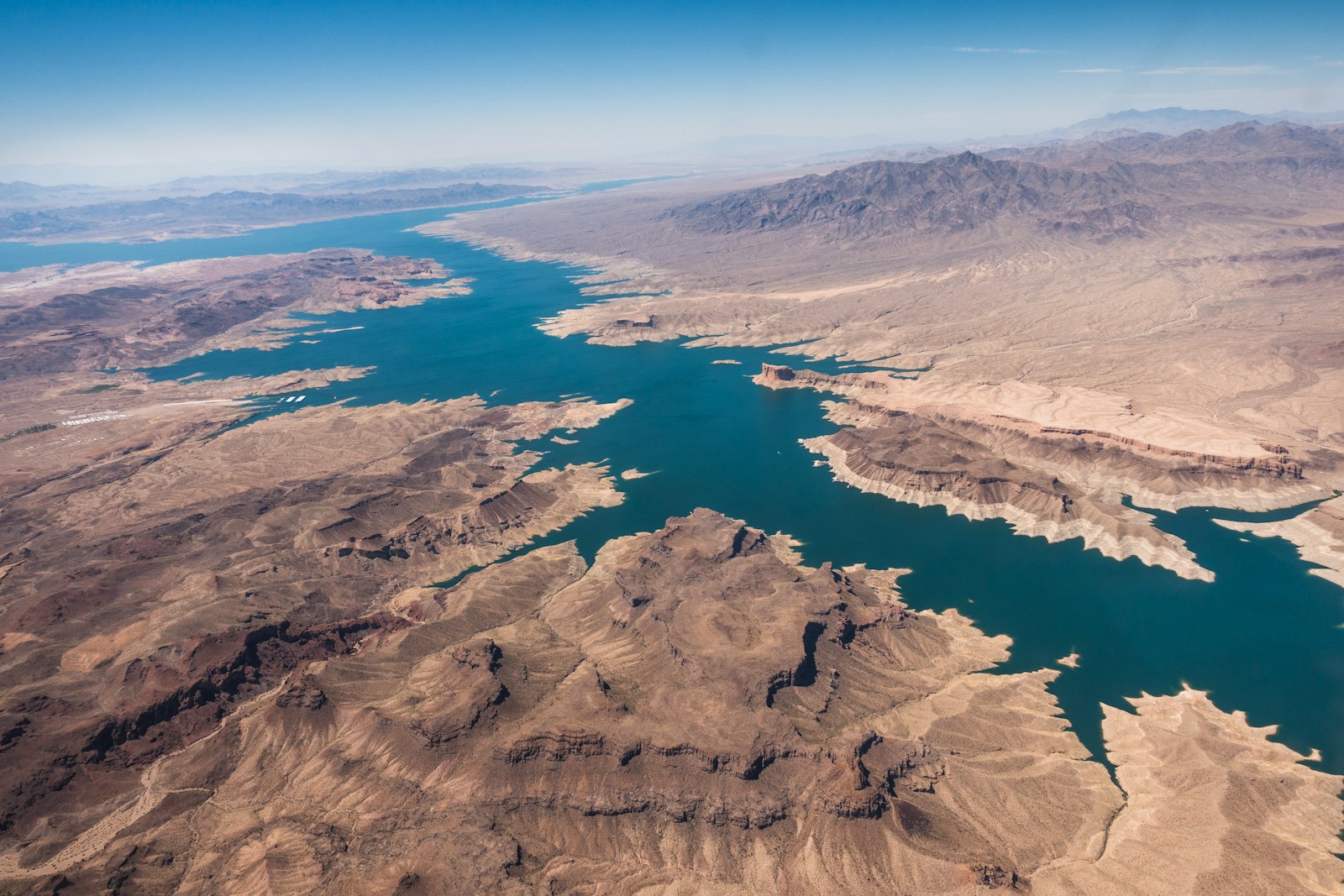Table of Contents
ToggleIntroduction
The northern lights, also known as aurora borealis, are a stunning natural phenomenon that occurs when charged particles from the sun collide with the earth’s magnetic field. This interaction causes atoms in the atmosphere to become excited and release energy in the form of colorful light displays.
While the auroras are typically seen in the earth’s northernmost regions, recent months have seen them visible to residents farther south. Scientists attribute this to a shift in the sun’s magnetic fields, which flip on an 11-year cycle. This phenomenon is expected to peak in 2025, during the phase known as solar maximum, allowing a wider swath of the world to witness the northern lights.
In this article, we’ll explore more about the northern lights, including what causes them, why they’re more prevalent now, and how to see them.
What Exactly are the Northern Lights?
The northern lights are created when solar wind or charged particles from the sun interact with the earth’s magnetic field, exciting atoms in the atmosphere. As the electrons jump to a higher energy level and release light, it is seen as the auroras. The oxygen in the atmosphere creates green or red light, while nitrogen causes blues. The auroras are a breathtaking sight and are often seen in Scandinavian countries and Northern Canada. Every winter, tourists from around the world flock to Arctic locations, venturing into the snowy night to spot the phenomenon.
The Northern Lights have Expanded Farther South
Over the past few months in the northern hemisphere, viewings of the lights have increased in areas farther south.
In February, the skies of southern England and Ireland were alight with the auroras.
In March, powerful geomagnetic storms helped to make them visible as far south in the United States as North Carolina and New York.
In April, they were spotted in Arizona, central California, southern Ontario, and England.
The southern hemisphere has also seen an expansion of the aurora australis, or the southern lights, which are typically visible from Antarctica, Australia, and south of Argentina.
Why are the Northern Lights More Prevalent Now?
The northern lights are more prevalent now due to a shift in the sun’s magnetic fields, which flip on an 11-year cycle. Experts predict that solar maximum will be reached in 2025, meaning the auroral oval, or the area on earth where the lights are visible, will widen until then. During the solar minimum phase, the sun is very quiet, with nothing much going on. At maximum, the sun is very active, with lots of solar flares and coronal mass ejections. The current cycle started in 2019, and space weather modeling allows scientists to better understand the auroras.
When and Where can I Expect to See Them?
The best seasons to see the aurora are spring and fall, especially close to the equinoxes. Solar terrestrial events are measured by a Kp-index, which is a scale from zero to nine. The higher the number, the more active the aurora. A northern lights episode last month reached a Kp of eight. For central United States viewing, the Kp has to reach about seven or higher, and darker areas away from city lights have the best visibility. Trips to see the aurora often involve hunting for the perfect view, and tour groups will hunt for the best view even during solar maximum.
How to Track Them Down?
Several resources are available for those who want to see the northern lights. The National Oceanic and Atmospheric Administration operates a short-term forecast with the location and intensity of auroras. SpaceWeather.com and SpaceWeatherLive.com are also great resources to hunt for the light shows, and AuroraMAX shows a livestream of the lights during winter months. The Geophysical Institute run out of the University of Alaska Fairbanks provides forecasts for locations in North America, Europe, and the southern hemisphere. Facebook communities have also formed for people in common aurora-spotting areas to discuss forecasts and to suggest viewing points.
Conclusion
If you’re looking for a unique and unforgettable experience, seeing the northern lights should be on your bucket list. With increased visibility expected until 2025, it’s an excellent time to plan a trip to witness this natural wonder. Remember to check the forecasts and hunt for the perfect view to make the most of your experience. The auroras are not only beautiful, but they also have scientific significance and are a reminder of the incredible forces of nature that shape our planet.







